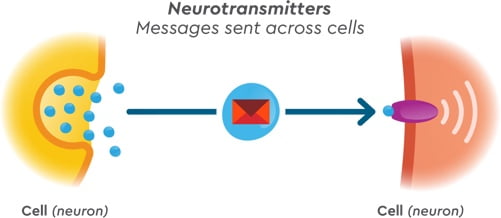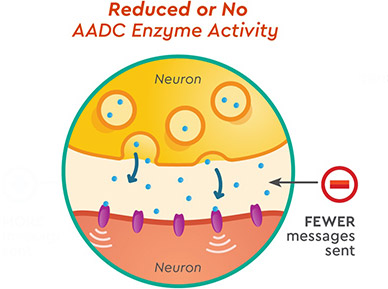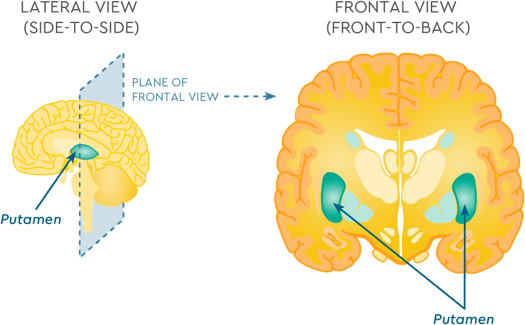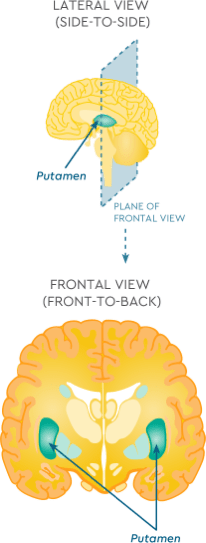What is AADC Deficiency?
AADC deficiency is a rare genetic disorder that affects the brain, causes weak muscle tone, and affects how a child develops
“My hope for families, for the children and the families, is that we will recognize these children sooner.”
First, it’s important to know that genetic disorders are caused by a change or alteration (mutation) in genes.
Genes:
- Are found within cells
- Are made up of DNA
- Carry information that determines what traits and characteristics are passed down to individuals from their parents and that can influence how a person looks, including skin, hair, and eye color
- Provide instructions on making , including , which carry out many functions in cells in the body
Sometimes an altered gene can lead to genetic health problems or disorders, like Aromatic L-amino Acid Decarboxylase (AADC) deficiency.
A gene in the body called the dopa decarboxylase (DDC) gene is needed to make an enzyme called AADC. The AADC enzyme helps to make natural chemicals called neurotransmitters.

are messages that are sent between cells, called neurons, in the nervous system. These messages are important because they help to control many of the body’s functions.
Neurotransmitters play an essential role in:
- Planning and execution of movement
- Learning, memory and cognition
- Regulating emotions
- Monitoring pain and temperature changes
- Preventing anxiety and depression
- Heartbeat and blood pressure
- Digestion, sense of hunger and thirst
- Preventing seizures
For example, is a widely studied neurotransmitter that impacts decision-making, emotions, and motor control.
AADC deficiency is a disorder that interferes with the way the cells in the nervous system talk to each other.


- In AADC deficiency, a change (mutation) within the DDC gene leads to a decrease in, or no activity of, the AADC enzyme
- This results in a lower level of neurotransmitters, like dopamine
- Without enough neurotransmitters (messages), neurons can’t communicate with each other
- This means the body can’t perform important functions, which can result in the symptoms of AADC deficiency that limit daily life
Because some neurotransmitter levels are very low in children with AADC deficiency, this condition is considered part of a broader group of genetic disorders called neurotransmitter disorders.
The role of the putamen in AADC deficiency
A major site of dopamine activity is the , a large structure located in the forebrain (the frontmost region of the brain). It is responsible for the planning, execution, and coordination of movement, as well as learning and retaining skills.
Reduced or altered levels of dopamine can reduce communication between neurons, which can result in the loss of motor function.

Children with AADC deficiency have lower levels of dopamine, which can reduce the putamen’s ability to regulate motor function (i.e., crawling, grasping, holding head upright).
How AADC deficiency is passed down
Our genes come from our parents. Each person gets 2 copies of every gene, 1 from each parent. These copies of genes can be working copies, or copies that do not work as they are supposed to (altered or mutated copies).
AADC deficiency is inherited, or passed down, from a person’s parents. In order for a person to have AADC deficiency, both the mother and father must carry an altered (mutated) copy of the DDC gene. Each parent then has to pass down 1 altered copy of the DDC gene to the child, so the child has 2 altered copies.
This is an autosomal recessive disorder, or a disorder that occurs when 2 altered copies of a gene are passed down to the child: 1 from the mother and 1 from the father.
“At 3 months, we started to worry, because [our daughter] didn’t hold her head up; she laid on her stomach and almost never lifted her head. She was generally very inactive and had trouble sleeping.”


